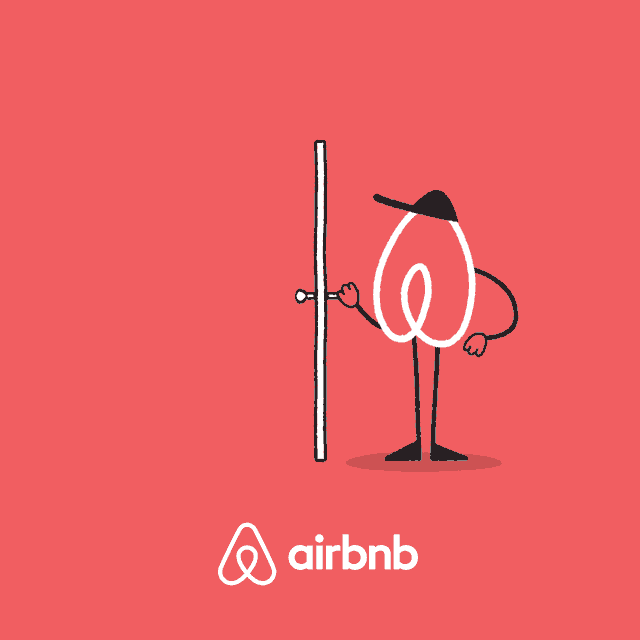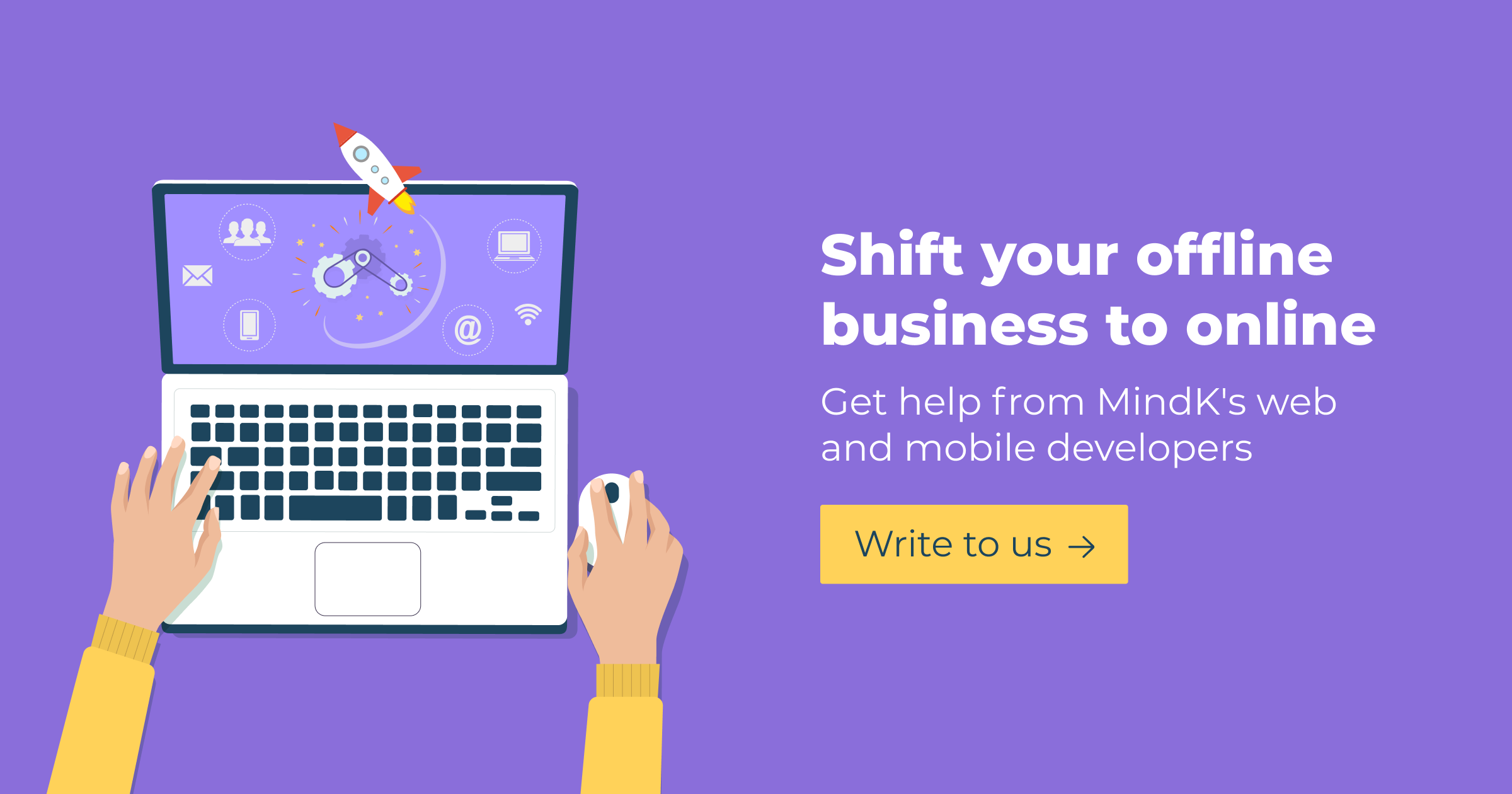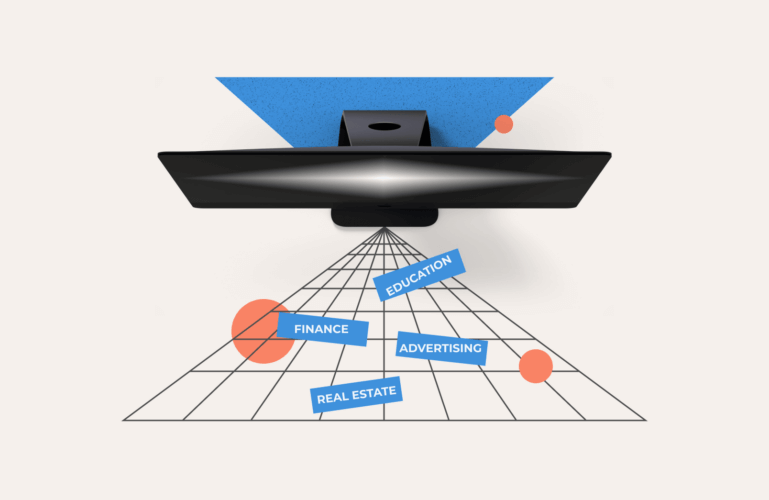When you’ve just released your digital product, under the theme of customer focus you’re trying to capture whoever comes through the front door. We know it may sound crazy, but to better serve your customers you need to find the “right” ones, and reject others.
For most owners of small and medium businesses, there’s a subconscious pressure that they have to be customer-centric in everything they do. Oftentimes, going through the rush to make more sales and keep pace with the customer desires, businesses get into unpleasant situations.
The reality of customer-focused strategy is that you need to build relationships which are rewarding for both client and your business. This means that you need to maintain business hygiene by better serving the tribe of product fans and partners and getting rid of “toxic” clients.
Focusing on the right customers frees up resources and provides better care for your best сlients.
Across industries and business models, Pareto’s law still works excellent: only 20% of the customers create 80% of the revenue.
This brings us nicely onto our first point…
Secret №1. Focusing on the wrong customers may harm your business
As quality doesn’t equal quantity, great service does not mean serving each and everyone. You should face the fact that some clients may be toxic to your business.
According to the interaction with the product, users can be divided into four groups:
- those who use the product as it was intended;
- those who use the product in an unusual way (and you see potential in it). They are worth your attention, as they are important for your business growth;
- those who use the product in an unusual way, but without long-term potential. Even if now you can make money off these clients, they are not very important to your long-term business; and
- those who use the product, destroying its value (we will call them “toxic” customers).
There are a lot of customer-focused strategies aimed at the first three groups of users (at how to attract and retain them), totally overlooking the fourth group, which is no less important.
Think about the signs that can help you detect the toxic clients, and after they are detected, consider blocking access to the service.
You should clearly understand that even though these customers produce a kind of profit now, it is necessary to detect them as soon as possible before they cause serious damage.
Sure, turning away a paying client is a lot more complicated than a client who does not pay.
For this reason,
it is important to see the disparity between users who simply interact with your product different from what you have expected, and users who are dangerous.
Let’s consider an example.
Michael Seibel, partner and CEO of Y Combinator and co-founder of two startups – Justin.tv and Socialcam, in an interview, used a very spectacular example we couldn’t but share with you.
What if from the very beginning Airbnb service was used to rent houses for drug-parties. Such clients would have rented big and expensive properties, bringing a “killing” profit.
This is a great example of toxic customers: they may use the services for their own specific needs and cause a destructive influence on business by creating a bad name and worsening the state of houses and apartments.

Secret №2. Do not mistake “challenging” for “toxic” customers
Clients who are having issues with your product and inform you about it are presenting you with one of the greatest business gifts.
According to the survey by Lee Resources International for just one customer who complains, there are around 26 clients saying nothing about it.

In other words,
when you solve the problem for one challenging client, you are improving your product for the rest of your customers.
Secret №3. Serving the customers that don’t belong to your target audience may be senseless
When creating a product, it’s necessary to create a client portrait and phrase the value your service brings to an addressable market.
After you recall the ideal customer profile that your business is pursuing, make sure it represents the majority of your customers (you don’t want your business to depend on the mood of 5 clients).
According to former General Electric CEO Jack Welch, the ability to learn more about these customers faster than the competition, and the ability to turn that learning into action faster than the competition will give you a competitive advantage that lasts.
A laser-sharp client focus on the ideal user will give you all sorts of benefits.
Even if you manage to sell the product to a client out of your addressable market, very likely you will face demands that go against the planned course of your product or business development.
Take this example.
Imagine you are starting a real estate platform that will collect thousands of people who want to buy or sell their property with no middlemen involved. Thus, your addressable market is individuals who own property and those who want to buy it.
The platform allows members to directly contact each other and can be provided at a reasonable price.
But what to do if a user registered on your platform is a real estate agent? Or a user who wants to sell a boat or a car?
Sometimes these users point to a more acute need or an uncovered demand. They can give a hint for a new direction of development. Potentially, it may be a great idea for another project.
If you’ve already won your target audience and you don’t see other ways to grow, then YES, go for new markets. You can add new modules, features, and user roles to the existing product or even build a new one.
But if your target audience is big enough to achieve the revenue goals, then don’t spread your efforts to new audiences.
You do not have to rebuild your business model just because someone tried to use your solution for a service you didn’t aim to provide.
Focus on your best clients, serve them better, sell them more and don’t worry too much about getting new targets. Otherwise, you’ll need to throw a bunch of development and marketing activities (and money) at the wall, and hope something sticks. It saps time, energy and resources.
That is why there is no sense in competing for customers out of your target audience until you fill the needs of your growing tribe. At this stage of your product, think about “firing” such customers.
All in all, if you want to understand whether it is worth following the irregular customer requests, try to answer the following questions:
- Does the solution require significant effort?
- Is the client a representative of a large group?
- How will solving specific client’s problem affect the financial side of your business?
- Can it be a hint for a successful improvement?
The answers will clear up the situation for you.
Secret №4. Do not be afraid to say “no” to toxic clients
Each customer focused product is aimed at growing business by making customers successful, loyal and happy. By avoiding toxic clients you have an opportunity to care about customers who really need it.
A toxic client for your software product or service is one who requests product features you can’t provide, uses the product destroying its value or one who requires changing your business model to meet his or her needs.
A recent study shows that 84% of people would find a peer recommendation more trustworthy than whatever’s coming out from the company. And so that gives you the very clear indication that first of all you’ve got to listen to “right” customers.
Making the right customers happy is the most valuable weapon for growth.
Happy clients are the lifeblood of your business and here is why:
Happy customers have a higher lifetime value.
Finding new customers is not always the best way to grow a business. Very often the existing happy customers are those who can do it. You just have to keep them happy, and then find ways to deliver more value to them.
According to the Marketing Metrics, the chance to sell to existing happy customers is up to 14x higher than the chance of selling to a new customer.
Happy customers spend more money. As a rule, happy customers spend 140% more.

Moreover, 86% of customers say that they are ready to pay more for better customer experience.
Ramit Sethi of IWT and GrowthLab shares real numbers, showing that his top 1,000 customers (who are happy with GrowthLab service) bring in vastly more business than everyone else.
Making right users happy is the strongest opportunity to grow.
Happy customers involve new customers.
According to American Express, one happy customer tells around nine other people about his/her positive experience. If you need to activate word of mouth, focus on making your clients happy with your software product or service.
Every minute your team spends on toxic clients is a minute you lose not making other customers satisfied.
When “firing” a customer, be polite but do not apologize for your software product having other business goals.
Those clients will find the solution meeting their needs and you will be given free rein to deliver a better product for the right customers.
These days, all forward-looking business owners know that it’s customers, not companies, who hold the power. But it’s still up to you to decide to whose hands you give power over your business.






